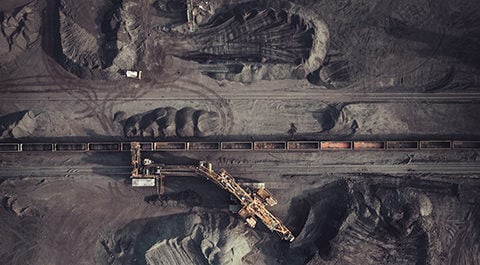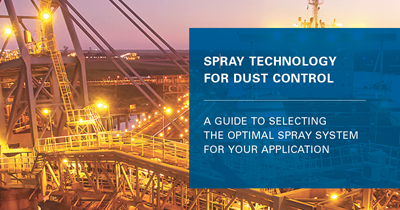Dust Control Solutions for Mines: Managing Poor Water Quality
In the mining sector, dust control solutions play a crucial role in ensuring safe and effective operations. However, one challenge that many mine operators face is dealing with poor water quality, which can significantly impact the effectiveness of dust control systems. While strainers are essential in these circumstances, there is a broader scope of strategies and best practices that can help overcome these issues. Let's delve into the crux of these challenges and what can be done about them.

22
Jun 23
Understanding Water Quality in Dust Control
Poor water quality can be a significant impediment to dust control applications. Whether the issue is contamination from the water supply or water hardness, poor quality water necessitates more frequent nozzle maintenance, accelerates nozzle wear rate, and shortens service life.
Download our Spray Technology for Dust Control bulletin here
Water hardness, characterized by elevated amounts of calcium and magnesium, increases the water's surface tension, making it more difficult to produce smaller droplets. The higher concentration of contaminants also increases nozzle wear, with deposits gradually accumulating in the nozzle and reducing its efficiency.
The Role of Strainers
Strainers, both primary and secondary, are integral to managing poor water quality. They can effectively sieve out contaminants introduced from the water supply. But to get the most out of these strainers, they need regular maintenance.
Strainers that are not regularly cleaned result in a pressure/flow drop to the nozzle, resulting in poor performance.
Ideally, you should use auto-purge cleaning strainers, which offer automated cleaning and maintenance, reducing the risk of performance issues due to neglect.
Other Strategies to Overcome Poor Water Quality
Apart from using strainers, there are other strategies that can help improve the quality of water used for dust control.
Water treatment systems: These can reduce the hardness of water and filter out contaminants, making the water more suitable for dust control applications.
Regular nozzle maintenance: This is a must, especially when dealing with hard water. Regular checks and cleanings can help maintain nozzle efficiency and extend its service life.
Use of additives: Certain additives can change the properties of water to make it more effective for dust control. However, these should be used judiciously and only after consulting with a dust control expert to avoid any potential issues.
Spraying Systems are the Dust Control Experts
Dealing with poor water quality can be challenging, but with the right strategies, you can ensure that your dust control systems continue to function effectively. Our experienced team can work with you to address the water quality issues and help you get on top of your dust problems.
For more information on dust control solutions and managing poor water quality in mining operations, please visit our Dust Control for Mining pages.



